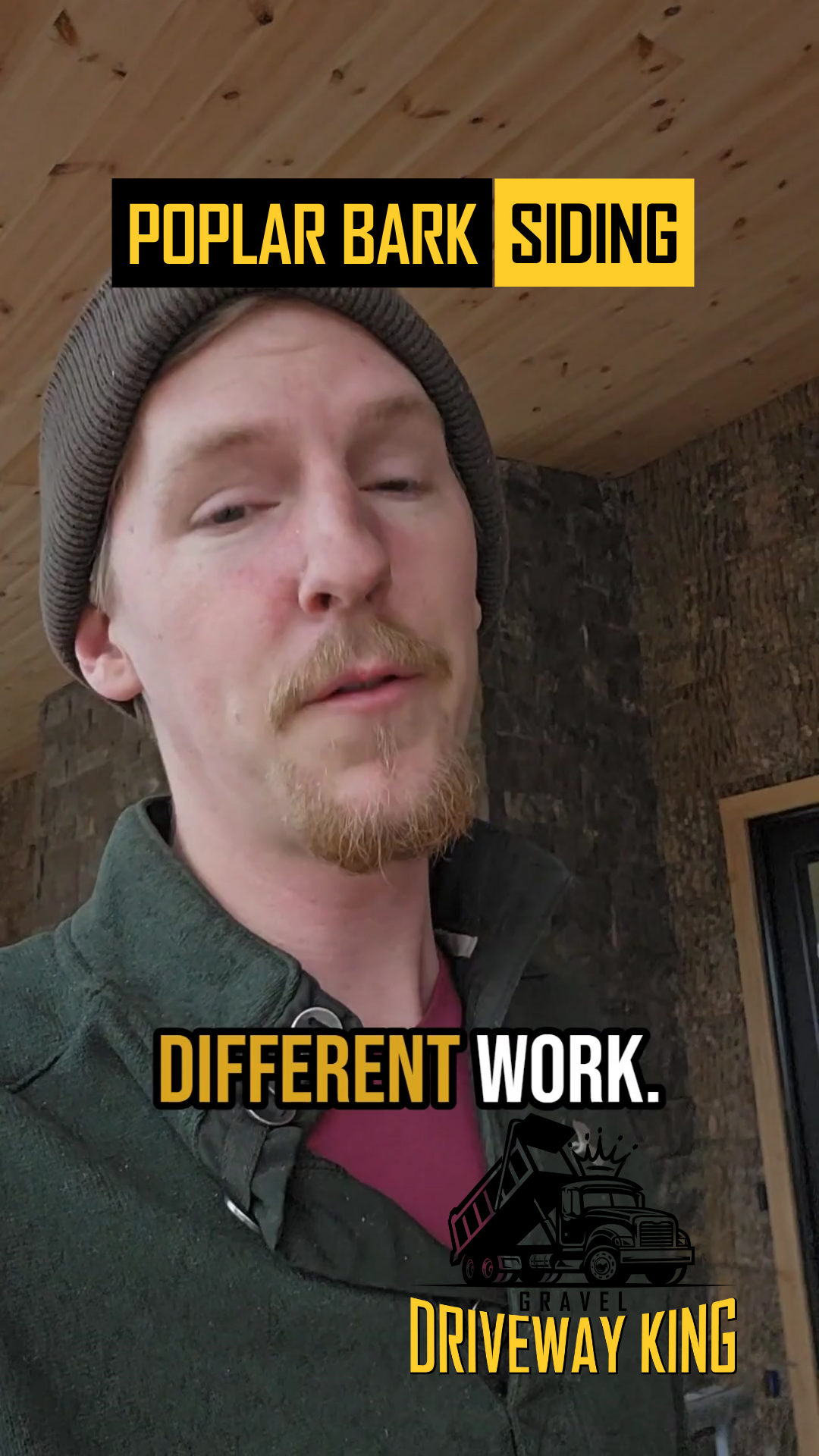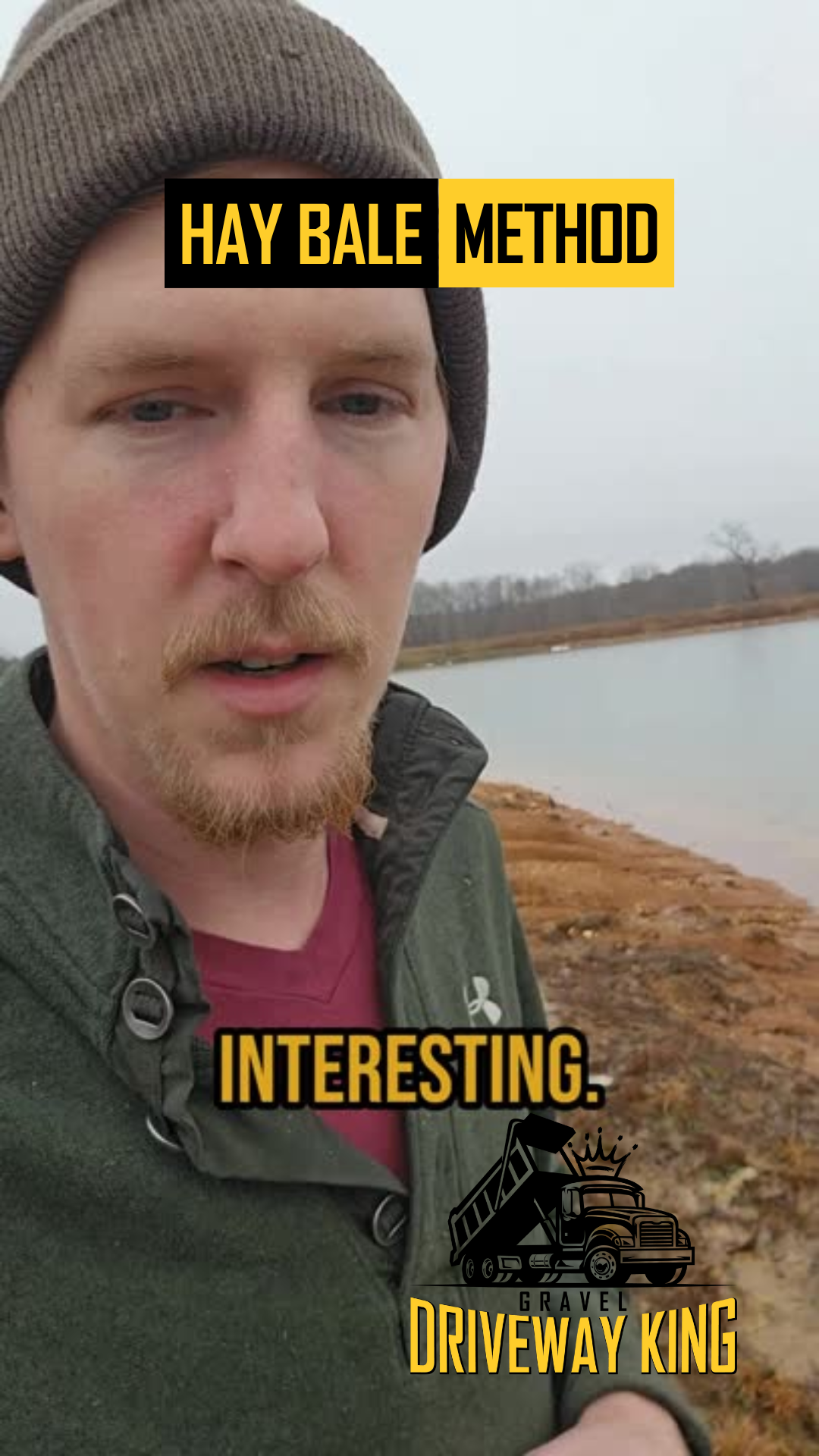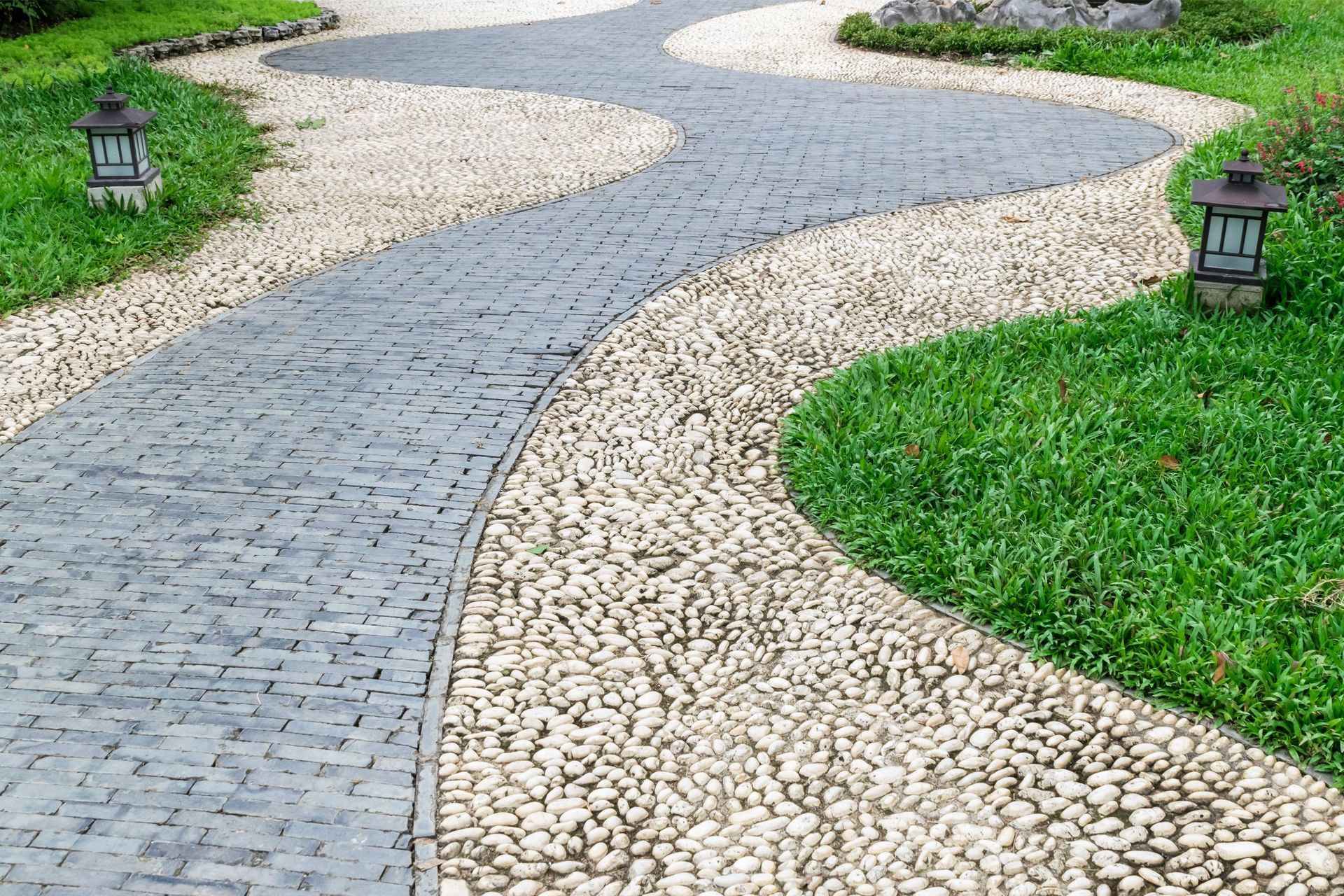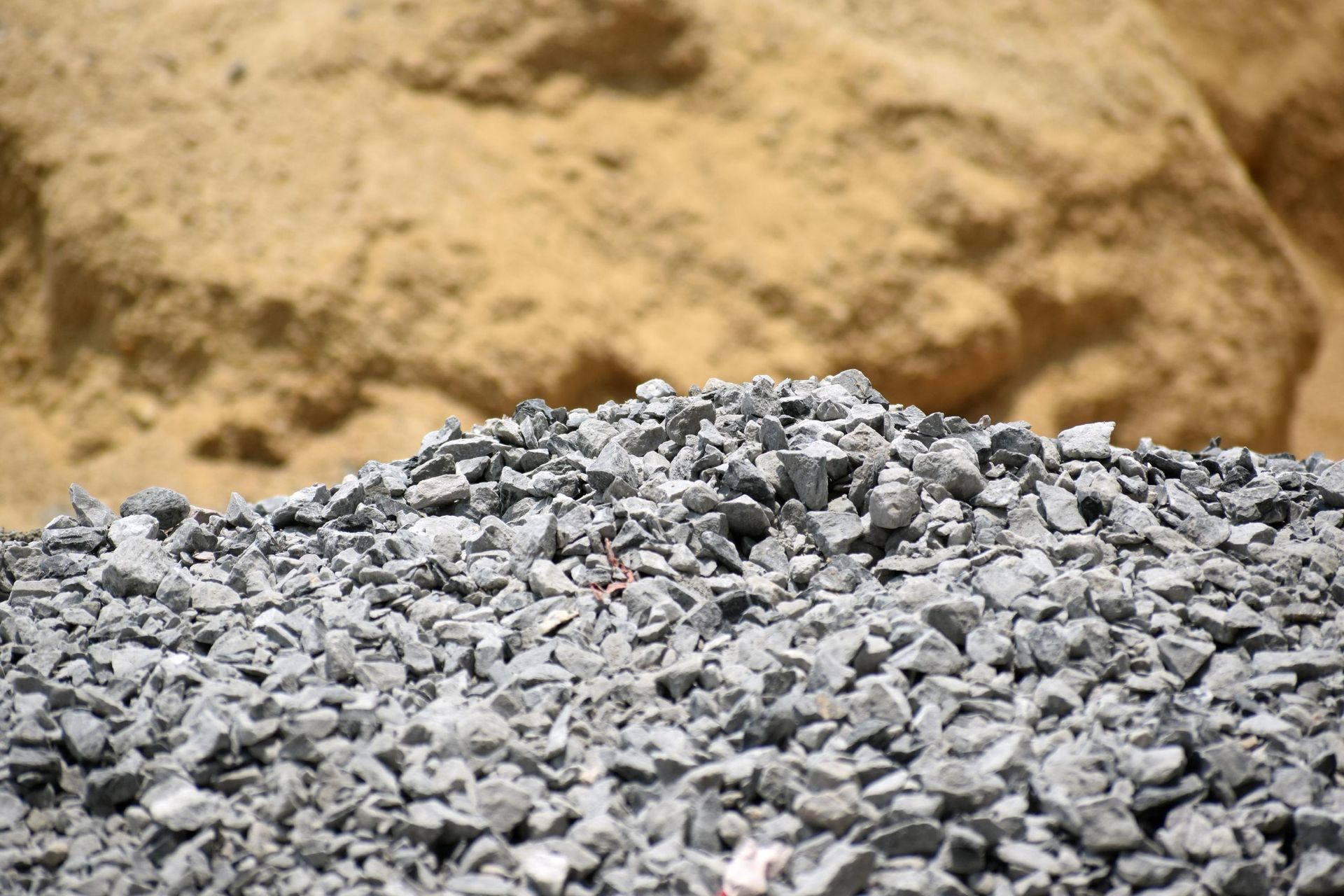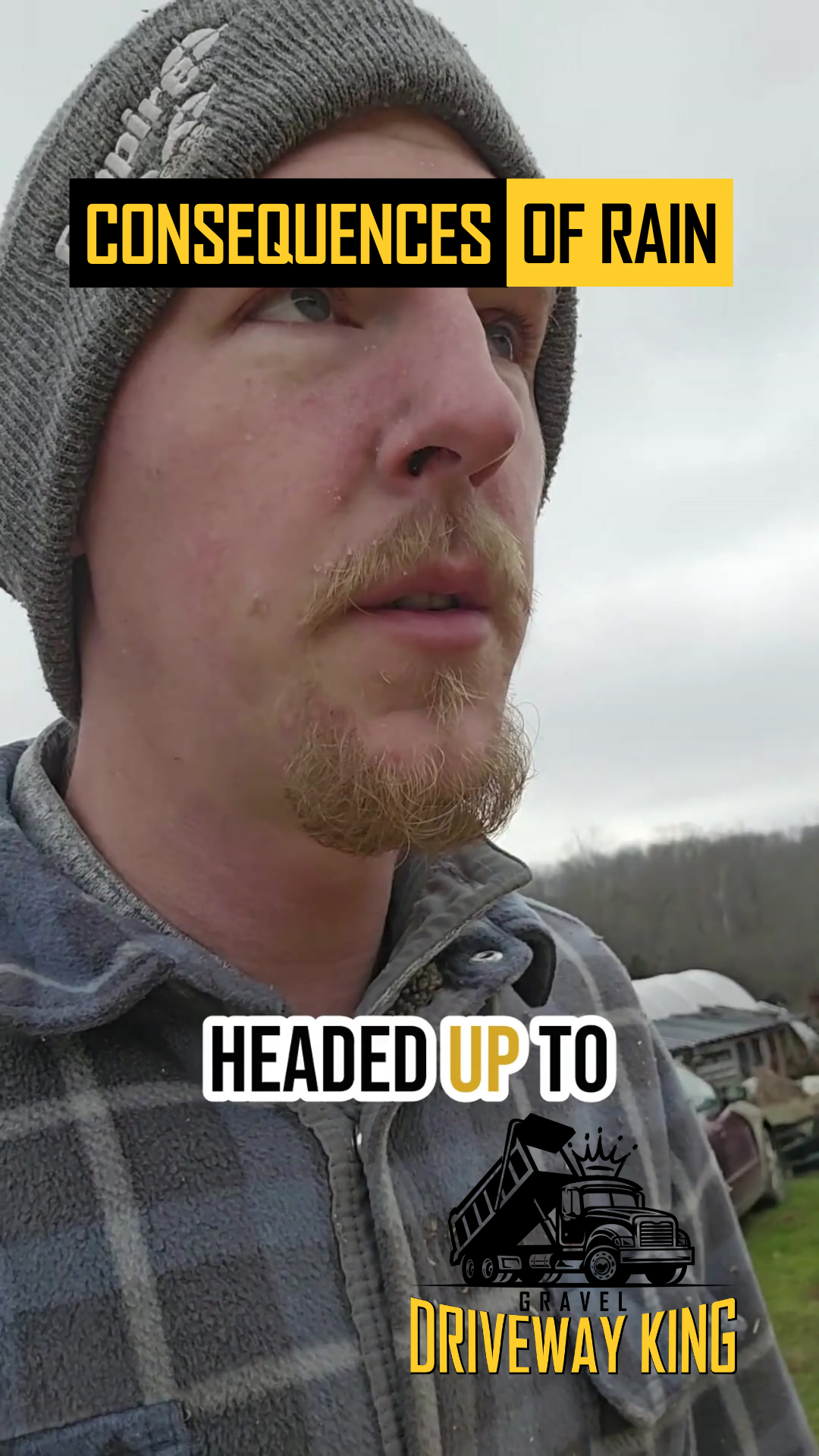Listen to Your Land: What Tennessee's Valleys Can Teach Us About Water Management
Introduction
UTILIZING COLLECTION PONDS IN MIDDLE TENNESSEE
WISE APPROACHES TO RURAL PROPERTY MANAGEMENT
Sometimes the best solutions come from just watching and listening.
Here in Middle Tennessee, our valleys tell stories through the way water moves across them.
After years of working this land, I've learned that fighting against nature usually leads to bigger problems.
But when you take the time to understand what the land is telling you, solutions often become clear.
Every piece of property has its own personality, especially when it comes to water.
Some valleys channel water like a funnel, while others spread it out naturally.
The key isn't trying to force the land to do what we want - it's about understanding what it's already doing and working with those natural patterns.
Welcome to Driveway King!
Understanding Valley Water Flow
Here's something interesting about valleys - they're like nature's highways for water. When rain falls, it follows paths that have been carved out over hundreds or thousands of years. In Middle Tennessee, where we get more rainfall than most folks realize, these water patterns become especially important.
Think about it this way: when ground gets saturated from constant water flow, it's like a sponge that can't hold any more water. Any new rain that falls just runs right off, joining the flow that's already there. It's a cycle that can get worse over time, leading to erosion and flooding problems downstream.
This is exactly what I see in many of our local valleys. The water doesn't just flow - it builds momentum, picking up speed as it moves downhill.
And when the ground is already soaked, there's nowhere for new rainfall to go except to join that rushing water, making the problem even bigger.
Nature's Signals - Reading the Land & Common Challenges
You don't need fancy equipment to understand what your land is trying to tell you.
Take a walk after a good rain - where does the water collect?
Where does it flow?
These are like nature's road signs, pointing to both problems and solutions.
In our Tennessee valleys, the signs are usually pretty clear.
You might see worn paths where water regularly flows, spots where soil is washing away, or areas where the ground stays soggy long after the rain stops.
These aren't just problems - they're the land showing you where it needs help.
The biggest issue we see is what happens when the ground gets completely saturated.
It's like trying to pour water into a full glass - it's just going to spill over.
When the soil can't soak up any more water, every new raindrop becomes part of the problem, rushing downhill and potentially causing damage.
Collection Ponds: A Natural Solution
This is where collection ponds come in - they're like nature's brake system for water.
Instead of letting all that water rush down the valley at once, a collection pond catches it up high and holds it for a while, letting it release slowly over time.
The beauty of a collection pond is its simplicity.
By placing it strategically up in the valley, it can catch water before it picks up speed and causes problems downstream.
During lighter rains, these ponds might catch all the water, preventing any downstream flow at all.
And when we do get heavy rains, the overflow is designed to release water gradually, without eroding the pond's banks.
Working With Nature
Here's what I've learned after years of doing this work: nature usually has the best solutions built right in.
When we try to fight against natural water patterns, we often end up creating bigger problems.
But when we work with those patterns - like using collection ponds to manage water flow - we get better, longer-lasting results.
Think about it like steering a boat.
You can try to force your way straight through the waves, burning more fuel and getting a rough ride.
Or you can work with the water, adjusting your course to match the natural flow.
Same destination, but one way is a whole lot smarter than the other.
Practical Applications
So how do you know if a collection pond might be right for your property?
Start by watching how water moves across your land during and after rain.
If you're seeing consistent water flow down a valley that's causing problems downstream, that's your first clue.
The key is getting the placement right.
You want to catch the water before it builds up too much speed, but you also need enough space for the pond to do its job.
Think of it like setting up a rain barrel - put it too far from the downspout, and you miss most of the water.
Put it in just the right spot, and it works perfectly.
Remember, these ponds don't need much maintenance once they're built right.
Nature does most of the work.
You just need to check occasionally to make sure the overflow areas are clear and working as designed.
Next Steps
Here in Middle Tennessee, every piece of land has its own story to tell. When we take the time to listen - to really understand how water moves across our property - we often find that the best solutions are already there, waiting to be discovered.
Whether you're dealing with water issues or just wanting to better manage your property, start by observing. Watch how water flows during different types of rain. Notice where it collects and where it causes problems. Your land will show you what it needs - you just have to pay attention to the signs.
If you're seeing water management challenges on your property and want to explore natural solutions, give us a call.
We'll help you understand what your land is trying to tell you, and work with nature to find the right solution for your situation.
